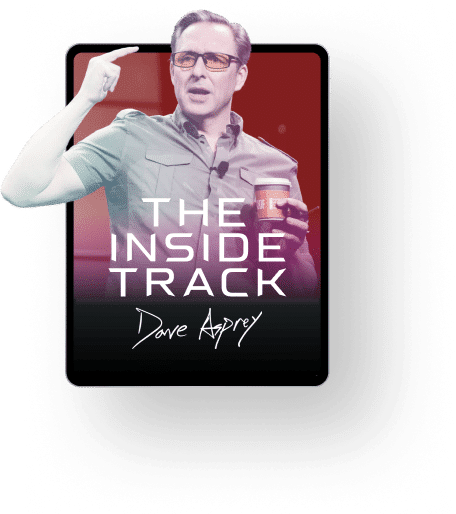Here’s a video of a talk that I gave recently about one of the major unidentified energy-sapping problems. It will revolutionize the way you think about food and cholesterol, and along the way it will help you troubleshoot how your think and perform.
As an example, I was on the phone this week with Ben Rubin, CTO of sleep hacking company Zeo, going over his personal biohacking regimen with him. He’s on fire already and I’m helping him tune his program to be even more impactful. He’ll be blogging about that on The Bulletproof Executive in the coming weeks.
He asked me, “How do I stay in that high performance state for even longer? I need to avoid the downtime that sometimes hits me. Last night, about 5pm, I just zoned out and didn’t do anything for several hours. It was like I was just too slow and foggy to feel like my normal high productive self.”
It’s a common feeling. You’re rocking it one day, and then you just hit a wall and crash. If it happens every day at the same time, it’s probably blood sugar, but if it’s random, look at what you ate in the hours before and see if it’s any of the high-risk foods I identify in this video.
Foods like chocolate, nuts, coffee, cheese, and processed meats very frequently contain high levels of neuroactive chemicals made by the molds and fungi that inhabit them. Many of these are active in a parts per billion level. It’s one of the prime reasons that you will perform *much* better on a fresh & local diet. Processed foods usually contain detectable levels of toxic molds that affect your brain.
In Ben’s case, he’d eaten some cashews a half hour before he hit the wall. Cashews are a healthy nut when they’re raw, fresh, and stored properly in a refrigerator after they were shelled. My own experience tells me that about 60% of the cashews you can buy contain toxins at a level high enough to lower your performance.
We’re not taught that foods have an immediate and noticeable impact on our energy level and mental performance, but they do. Watch the video to learn more about where to find these hidden performance-hindering substances, and what to do to block them. Then, start noticing whether Starbucks makes you feel worse that that high-end coffee roaster down the street. Keep in mind that not every piece of chocolate has the same level of chemicals in it. By choosing higher quality foods, you can perform better. It can help you avoid *hours* of downtime.
